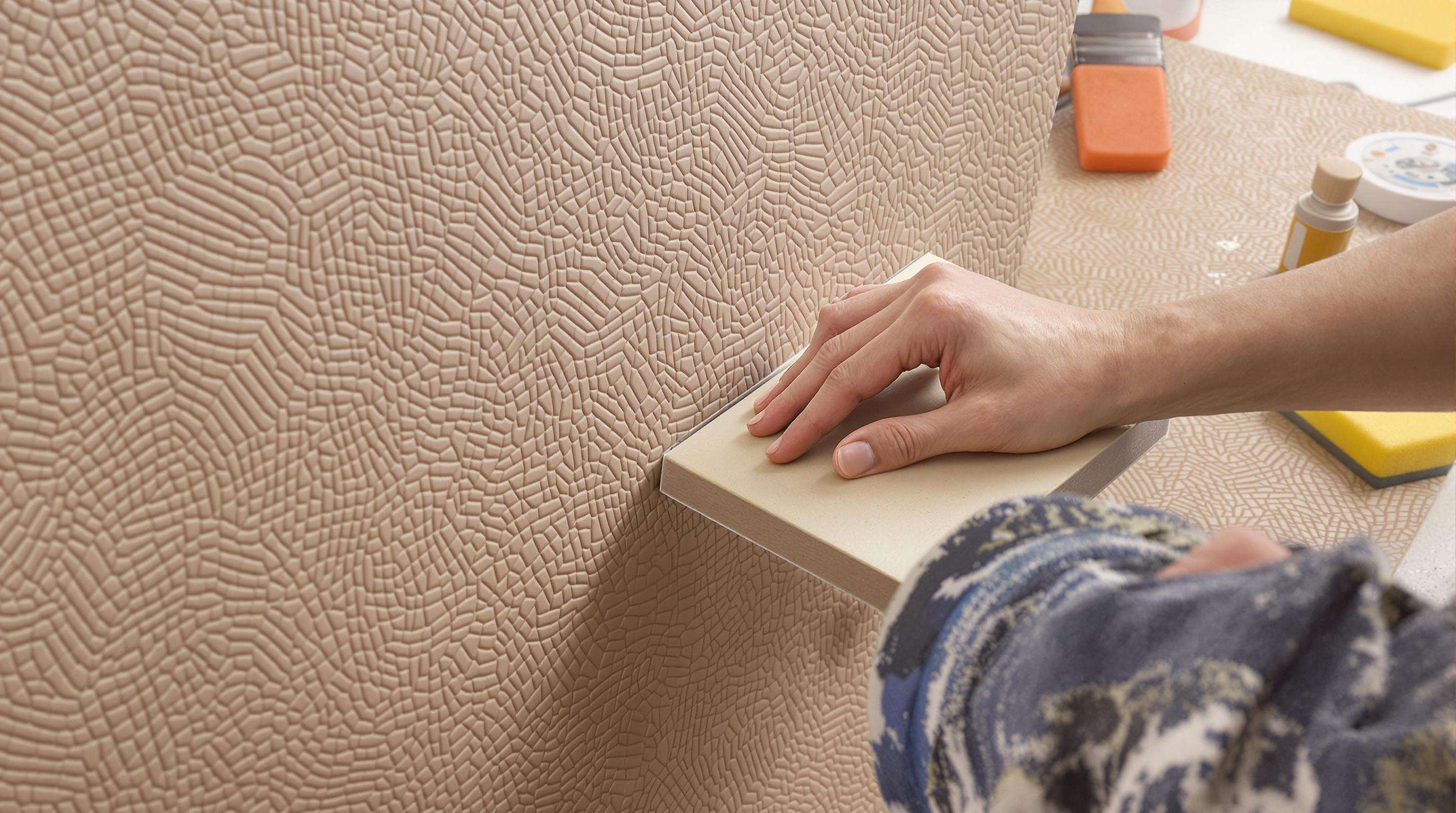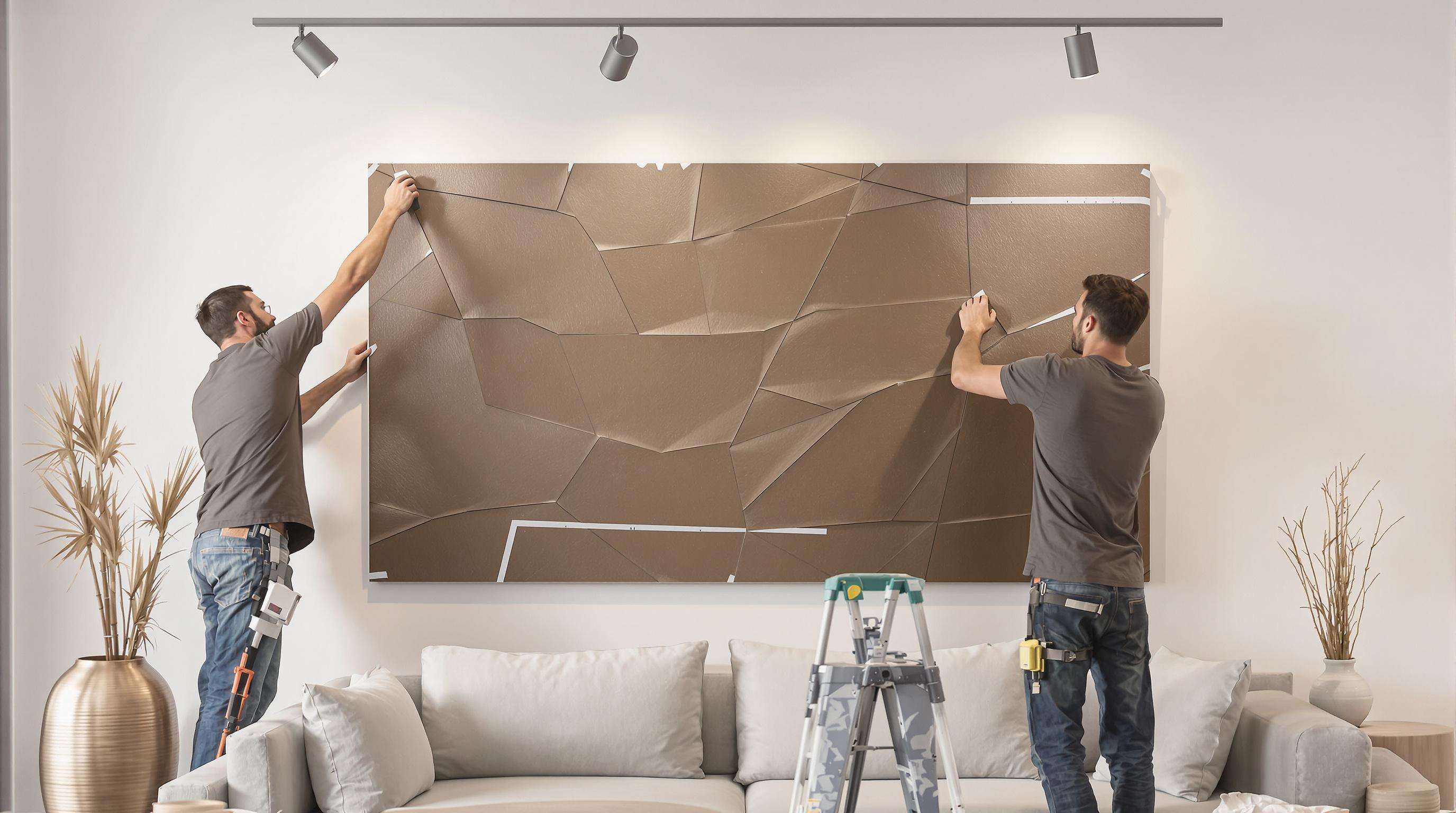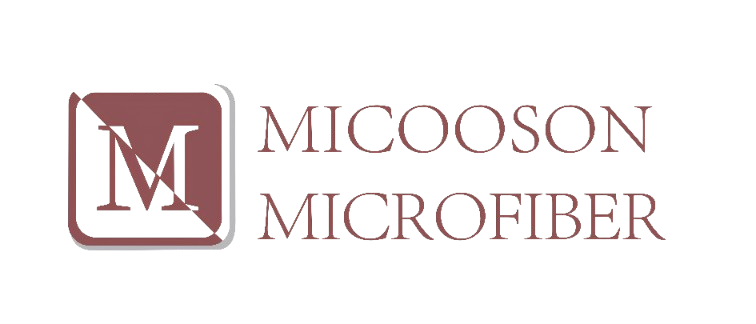Let's learn how to use artificial leather to make statement - making wall art.
Why Artificial Leather Is Ideal for Modern Statement Wall Art
What Is Artificial Leather and Its Advantages in Wall Art Design
Synthetic leather serves as an alternative to real animal hides, made from layers of either PU or PVC that mimic the feel of authentic leather but comes with some pretty good advantages. We're talking about something that weighs roughly 40 percent less than genuine leather and bends much easier, which makes it great for those big wall projects people love these days. Real leather tends to warp when exposed to moisture, but artificial versions hold their shape even in damp conditions. Plus they work really well with detailed designs since we can cut them with lasers or add textures through embossing techniques. A recent report from the Textile Innovation Hub shows that around three out of every four interior designers have switched to using this material for wall art applications because it costs less money upfront and keeps colors looking fresh without fading away after a few months.
Comparing Artificial Leather to Traditional Wall Art Materials
When looking at alternatives like wood, metal, or canvas, artificial leather stands out for how adaptable and tough it really is. Wood needs constant sealing to keep moisture away, and metal just makes things heavier than they need to be. Faux leather holds up well through different temperatures without warping or cracking. Plus, it actually absorbs sound better than most hard surfaces, cutting down background noise by around 30 percent according to some tests. For places where people walk all over the floor, the scratch resistance of faux leather beats regular canvas hands down. Canvas usually starts showing signs of wear after just two to three years of normal use, something confirmed in last year's Interior Materials Durability Report from industry experts.
Sustainability and Eco-Friendly Innovations in Faux Leather for Interior Art
New manufacturing techniques are making synthetic leather much greener these days. Top companies have started implementing closed loop systems where they can actually recycle around 85 percent of their processing water during production. We're also seeing plant-based materials gain traction in the market place. Take mycelium-based Mylo or Piñatex made from pineapple leaves for instance. These products account for roughly 22% of what's available now and decompose naturally when disposed of properly. According to recent findings published last year in the Circular Materials Review, switching to these newer materials cuts down carbon footprints by nearly two-thirds compared with traditional PVC stuff. For interior designers working on wall art projects, there are now adhesive options that contain very low volatile organic compounds along with UV cured finishes that not only cut down on pollution but still pass all necessary fire safety tests. This matters a lot for businesses trying to get those coveted LEED certifications for their commercial properties.
Designing Impactful Wall Art: Planning and Creative Development with Artificial Leather
Conceptualizing a Focal Point Using Artificial Leather as a Design Medium
What makes artificial leather so great for statement pieces? Well, the stuff just works really well when we want something eye-catching. The smooth surface is perfect for those sharp, modern shapes many designers love these days. But what I find fascinating is how easy it bends and molds into all sorts of interesting forms too. According to a recent industry poll from last year, around two-thirds of interior designers actually prefer materials that can do both precise angles and wild curves at the same time—something that good quality faux leather naturally offers. Lighting plays a big role here as well. Matte versions tend to soak up room lighting which gives off this quiet sophistication feel. Meanwhile, those shiny metal-coated options bounce light around like crazy, making whatever space they're in feel much more dramatic.
Sketching and Pre-Tracing Techniques for Precision and Symmetry
Start by drawing out those intricate designs at actual wall size first. When transferring these onto faux leather surfaces, most crafters find either carbon tracing paper works well or they'll use digital projectors for better results. Either way helps cut down on mistakes when dealing with complicated patterns. If working with something symmetrical, folding the material along the middle line really helps get both sides matching up properly. Something I learned from trial and error? Try placing some translucent vellum sheets over preliminary drawings to see how different colors look together before committing to permanent dyes or paint applications. Saves a lot of time and materials in the long run.
Blending Geometric and Organic Forms for Visual Impact
Contrasting sharp angles with flowing curves creates dynamic visual tension. A 2022 neuroaesthetics study found that hybrid designs combining geometric shapes (e.g., hexagons) with organic motifs (e.g., floral vines) increase viewer engagement by 41% compared to single-style artworks. To achieve this balance:
- Outline geometric bases with acrylic markers
- Hand-cut fluid shapes from contrasting faux leather tones
- Overlap elements at 15°-30° angles to suggest motion
This layered approach adds depth and movement, transforming static walls into immersive experiences.
Preparation and Texturing Techniques for Professional Artificial Leather Wall Art

Surface Preparation: Ensuring a Strong Base for Leather Wall Treatments
Proper preparation prevents peeling and warping. Clean the surface with isopropyl alcohol to remove dust and oils—industrial studies show uncleaned surfaces increase adhesion failure by 40%. Deglazing opens pores for better bonding, and light sanding with 400-grit paper evens out irregularities without compromising material integrity.
Applying Basecoats and Glazes for Depth and Dimension
Start with a satin finish base coat applied through a good quality foam roller. This sets the color foundation while still letting the underlying texture show through. The trick is applying thin, even coats since thick layers tend to crack over time. We've seen plenty of surfaces fail when people go too heavy-handed with the stuff. After that initial coat dries, work in tinted water-based glazes using those crisscross rag rolling methods everyone talks about. This creates those nice little shadow effects and depth variations across the surface. Most painters notice around a 50-60% increase in perceived depth compared to regular flat paint jobs, though results can vary depending on lighting conditions and materials used.
Embossing, Stamping, and Layering to Create 3D Textured Effects
| Technique | Tool Type | Visual Impact Level |
|---|---|---|
| Thermal Embossing | Heated pattern plates | High |
| Cold Stamping | Silicone texture mats | Medium-High |
| Wet Layering | Brush/sponge | Variable |
Texturing techniques transform ordinary flat surfaces into something people can actually feel. When working with artificial leather, craftsmen press custom silicone stamps into the material while it's still damp, applying just the right amount of pressure to leave lasting grain patterns behind. Between these embossing steps, many professionals apply translucent acrylic washes that really bring out those shadowy details in the recessed parts of the design. Thermal embossing cuts down on drying time quite significantly compared to traditional methods, which makes all the difference when creating intricate bas-relief work where timing matters a lot.
Combining Carving, Painting, and Molding for Dynamic Surface Detail
For those aiming at gallery quality work, combining carving techniques with strategic painting and selective molding produces stunning results. Start by carefully carving out channels that outline geometric shapes, filling them later with rich, opaque colors. Using shallow angle blades allows artists to stay within about half a millimeter of precision, which keeps everything looking clean and sharp without any unwanted warping. When working on textured surfaces, apply modeling paste thoughtfully using palette knives to create those natural-looking ridges. These formations hold up remarkably well after curing, surviving hundreds of impacts without showing signs of wear, so they last much longer than standard methods would allow.
Sealing and Protecting Your Artificial Leather Wall Art for Longevity
Choosing the Right Sealant for Durability and Finish Enhancement
Protect sculpted textures and painted details with a professional-grade sealant. Untreated faux leather deteriorates 60% faster from moisture exposure, per a 2023 Institute of Materials Preservation study. Top options include:
| Sealant Type | Best For | Cure Time | Finish Options |
|---|---|---|---|
| Urethane-acrylic blend | High-traffic areas | 2-4 hours | Matte, satin, or gloss |
| Water-based polymer | Eco-conscious spaces | 1-2 hours | Low-luster finishes |
| UV-resistant aerosol | Sunlit installations | 30 minutes | Transparent shield |
Apply three thin, cross-directional coats—thick single layers trap humidity and increase warping risk by 12% in controlled tests.
UV and Moisture Protection for Interior Wall Art Installations
Believe it or not, about half of all damage to artificial leather artwork happens inside buildings because of gradual UV exposure, as reported by the International Association of Interior Designers last year. To cut down on these problems, interior designers often recommend combining UV blocking coatings with backing materials that resist moisture since these can stop around three-quarters of the surrounding humidity from getting through. Keep indoor humidity levels somewhere between 40 and 60 percent by investing in those digital hygrometer devices that cost anywhere from $29 up to $85. Rotating furniture pieces throughout different seasons helps distribute the amount of light they receive evenly over time. For spaces with northern facing windows or areas lit primarily by LED lights, applying those special nano ceramic sprays again after 18 to maybe even 24 months will help keep surfaces looking good while still allowing them to bend and flex naturally.
Installing and Styling Artificial Leather Wall Art as a Statement Focal Point

Hanging Techniques for Lightweight, High-Impact Leather Panels
The lightweight nature of artificial leather opens up installation options that just wouldn't work with heavier materials. When dealing with smaller to mid-sized panels, many folks find success using heavy-duty adhesive strips or those magnetic mounts that create that nice floating look. For bigger sections though, things get trickier. Reinforced D rings connected to wooden backing frames are usually necessary, and these need to be properly secured into actual wall studs so the weight gets distributed evenly across the surface without causing any unsightly sagging over time. A good rule of thumb? Test out whatever hanging system you plan to use with something weighing about 150% of what the panel actually weighs first. That way you catch any potential issues early on. And when working with multiple panels together, grabbing a laser level and some painter's tape makes all the difference in getting everything lined up straight. Just ask anyone who's tried assembling a multi-panel setup without proper alignment tools!
Lighting, Placement, and Interior Styling to Maximize Visual Impact
Good lighting can really make artificial leather art stand out instead of just sitting there looking plain. For those wanting to highlight the texture, adjustable LED track lights work best when angled around 30 degrees downward. This casts interesting shadows across the surface that bring out all those little details we might otherwise miss. The main artwork should sit somewhere near our eyes, maybe between 57 and 60 inches off the ground, so people don't have to crane their necks to see it properly. That works particularly well above things like couches or entertainment centers where folks tend to gather. To round out the look, try adding some simple decor elements nearby. A few metal plant pots would pick up on the subtle tones in the leather while some dull ceramic vases create nice contrast against its shiny surface. When everything comes together like this, the whole space becomes alive with visual interest as different lighting conditions throughout the day reveal new aspects of the piece.
| Element | Recommendation | Impact |
|---|---|---|
| Light Type | Directional LEDs | Enhances texture definition |
| Placement Height | 57-60 inches from floor | Optimizes viewing ergonomics |
| Surrounding Décor | Monochromatic or metallic accents | Focuses attention on leather art |
Asymmetrical placement of smaller accent pieces preserves the artwork’s dominance while maintaining visual flow—essential in modern interiors where negative space contributes to overall design balance.
FAQs about Artificial Leather Wall Art
What is synthetic leather made of?
Synthetic leather is usually made from layers of polyvinyl chloride (PVC) or polyurethane (PU) and can mimic real leather's feel.
Why is artificial leather preferred for wall art?
Artificial leather is lighter, retains shape better in moisture, and is versatile for detailed designs using techniques like laser cutting and embossing.
How does faux leather compare to canvas or wood?
Unlike canvas or wood which can warp and show wear quickly, faux leather is tough, sound-absorbing, and doesn’t crack or warp easily under different conditions.
Can artificial leather be eco-friendly?
Yes, modern manufacturing methods have introduced plant-based faux leathers like Mylo or Piñatex that are biodegradable and significantly reduce carbon footprints.
How should I hang artificial leather wall art?
For smaller panels, heavy-duty adhesive strips or magnetic mounts can be used. For larger panels, reinforced D rings with wooden backing frames are advisable.

 EN
EN







